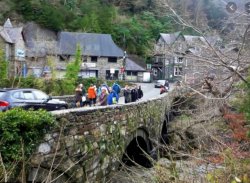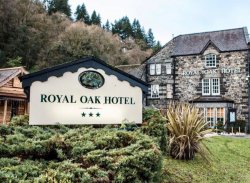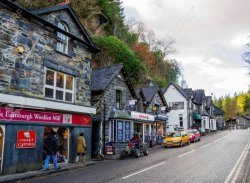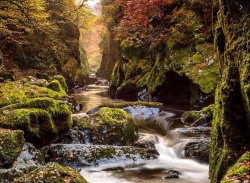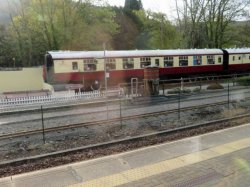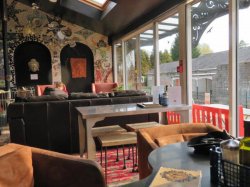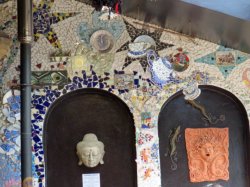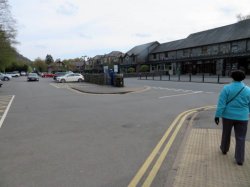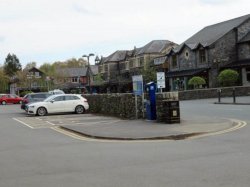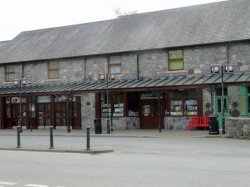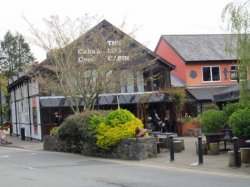 BETWS-Y-COED
BETWS-Y-COED
Betws-y-coed (Welsh pronunciation: [ˈbɛtʊs ə ˈkɔɨd]) (listen); English: Prayer House in the Wood) is a village and community in the Conwy valley in Conwy County Borough, Wales, located in the historic county of Caernarfonshire, right on the boundary with Denbighshire, in the Gwydir Forest.
The first part of the name of the village comes from the Middle English word bedhus, meaning "prayer house", which became betwsin Welsh. Welsh: Coed translates to wood, therefore making the town Prayer House in the Wood.
The name Betws or Bettws is generally thought to be derived from the Anglo-Saxon Old English bed-hus—i.e. a bead-house: a house of prayer, or oratory. The earliest record of the name is Betus, in 1254.
Location
Betws-y-Coed is one of the honeypot locations in Snowdonia. It lies in the Snowdonia National Park, in a valley near the point where the River Conwy is joined by the River Llugwy and the River Lledr, and was founded around a monastery in the late sixth century. The village grew very slowly with the development of the local lead mining industry. In 1815, the Waterloo Bridge, built by Thomas Telford to carry the London to Holyhead road (now the A5) across the River Conwy and through the village, brought considerable transport-related development. The village became a major coaching centre between Corwen (to the east) and Capel Curig (to the west) on the Irish Mail route from London to Holyhead, which led to the improvement of the roads south to Blaenau Ffestiniog and north to Llanrwst and Conwy. It is a primary destination for the purpose of road signs.
Construction of Betws-y-Coed railway station in 1868 heralded the arrival of the railway line from Llandudno Junction railway station, and resulted in the village's population increasing by around 500.
The village has a large village green which is the playing field for the local football team. The green is bounded on its western side by the A5 trunk road, with 19th century buildings, including shops, hotels, and the Church of St Mary. This church was built on the site of a former cockpit and fairground, and although it is of early English appearance, it was completed as recently as 1873, the internal roof timbers testifying to this relatively young age. The interior also features various types of stone: local bluestone, sandstone (and floor tiles) from Ancaster, and black serpentine from Cornwall. The square bell tower was added in 1907, and the integral church hall was added in the 1970s, the commemorative stone being laid by the Earl of Ancaster in 1976.
Click Picture to Zoom
 BETWS-Y-COED
BETWS-Y-COED 

